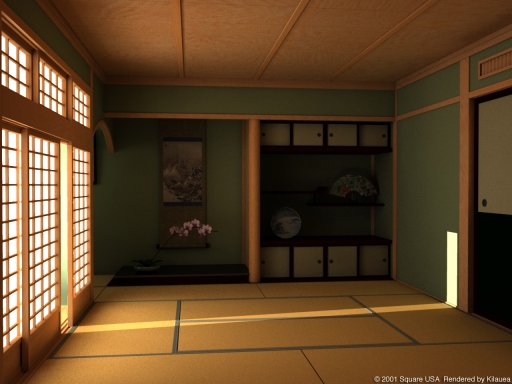

Abstract: By taking advantage of the increased performance and decreased cost of personal computers today, and by making use of the massive computational resources gained from parallelizing such machines, we can create images of complexity and quality that has never before been possible. However, overcoming inherent difficulties of parallel processing requires various techniques and efforts, especially when developing a parallel renderer. In this article we describe our rendering research and development project, and explain the different approaches we attempted in order to solve these problems. This information should be useful when constructing a similar system in a similar environment. We hope this article will serve as an aid to correctly understand the possibilities of parallel processing on PC clusters, and make parallel processing a more realistic and feasible option for attacking new challenges.
One-line summary: Overview of the Kilauea massively parallel ray tracer.
Published in: Alan Chalmers, Timothy Davis, Toshi Kato, and Erik Reinhard. Practical Parallel Processing for Today's Rendering Challenges. SIGGRAPH 2001 Course Note #40, pages IV-1 to IV-59. ACM, August 2001. (Los Angeles, USA, August 12-17.)
Course web page: Practical Parallel Processing for Today's Rendering Challenges.
Back to Per's publication page.